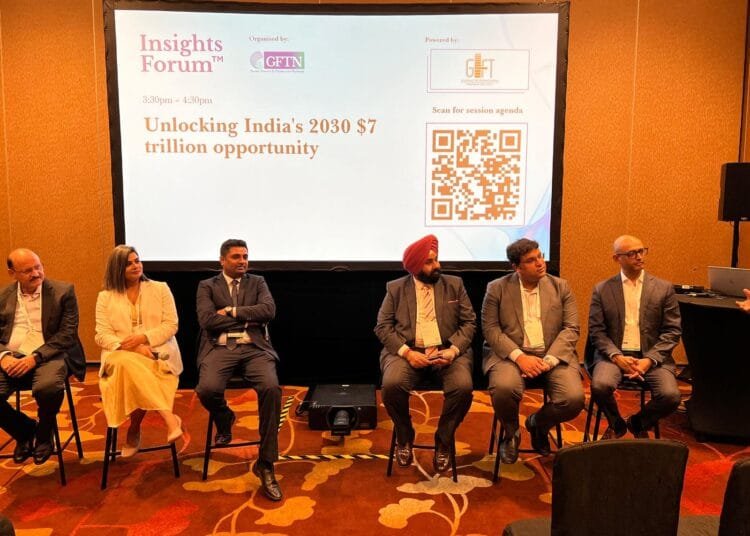Study notes transformational shift among the lower-middle-class borrowers
Borrowing for business expansion and start-ups jumped from 5% in 2020 to 21% in 2024, fuelling a sustained entrepreneurial momentum as individuals sought new income streams and opportunities, driven by pandemic-related economic shifts and strong government support for MSMEs through credit schemes and subsidies.
This was highlighted following a study of Home Credit India, a local arm of the leading global consumer finance provider, which has released the findings of its annual consumer study – How India Borrows.
Speaking on the sixth consumer study on 6 Nov, Ashish Tiwari, Chief Marketing Officer, Home Credit India, said, “Our latest How India Borrows 2024 study highlights a transformational shift in the borrowing behaviour among the lower-middle-class borrowers.”
It shows an increasing preference towards borrowing for consumer durables and small business ventures and consumer’s growing comfort with app-based banking, chatbots for customer service, WhatsApp payments, and digital literacy, reflecting not only the evolving financial aspirations of borrowers to enhance their lifestyle and income opportunities, but also the growing role of digital platforms in making credit more accessible.
The study also points out the strong affinity towards embedded finance and EMI-based financing and the importance of raising awareness around data privacy.
Keeping this in mind, Home Credit India remains committed to providing transparent, secure, convenient, and accessible financial solutions, empowering consumers on their journey towards a better quality of life and fostering a responsible and inclusive financial future for all, thus partnering with them in making their #ZindagiHit.”
The study indicated that as consumers become more tech-savvy, their borrowing habits are also shifting towards app-based banking, with 65% favouring it over browser-based banking (44%) in 2024.
“This trend reflects the consumers’ growing preference for convenience, 24/7 financial access over traditional branch visits, and heightened digital literacy,” said Tiwari.
App-based banking is most popular among Millennials (69%), followed by Gen Z (65%) and Gen X (58%). Geographically, Metros lead with 71% adoption, followed by Tier 2 cities at 69%. Browser-based banking, meanwhile, sees higher usage among Gen Z and Millennials at 47% each, with Gen X having the lowest usage at 35%.
Online shopping has also shown a pattern of normalisation following the peak disruptions caused by the COVID-19 pandemic. In 2021, usage of online shopping hit 69% due to health and safety concerns but dropped to 48% in 2023 as restrictions eased. By 2024, it has slightly rebounded to 53%. Women (60%), Millennials (59%), Gen Z (58%), Metros and Tier 2 cities (56% each) now drive this trend. Kolkata (71%), Kochi (66%), Hyderabad (64%), Chennai (60%), and Ranchi (59%) are the top five cities in terms of online shoppers.
The sixth edition of the study reported a significant shift in borrowing patterns among the lower-middle-class consumers, transitioning from survival-driven borrowing to one fuelled by aspirations, entrepreneurship, and long-term investments. This transformation reflects India’s evolving socio-economic landscape, where consumers are increasingly focused on improving their quality of life, empowered by greater access to credit and the growth of digital platforms. Fiinews.com










